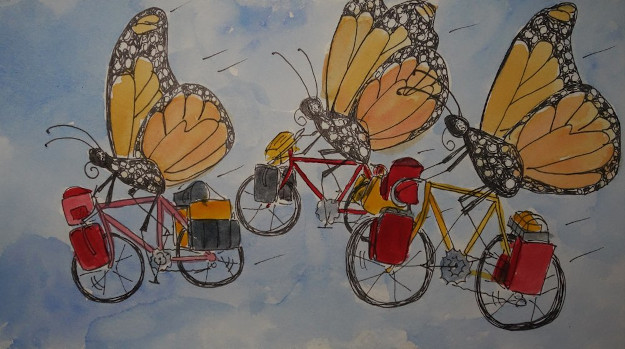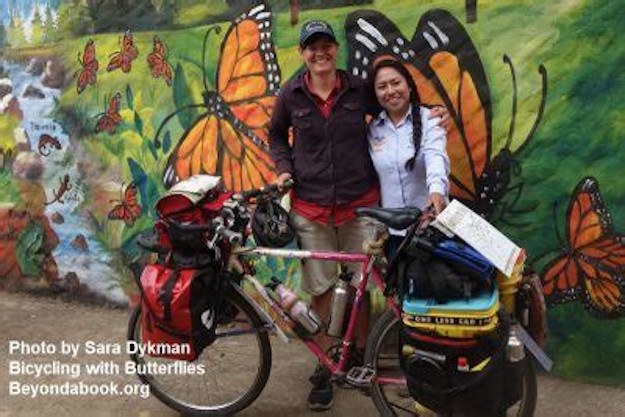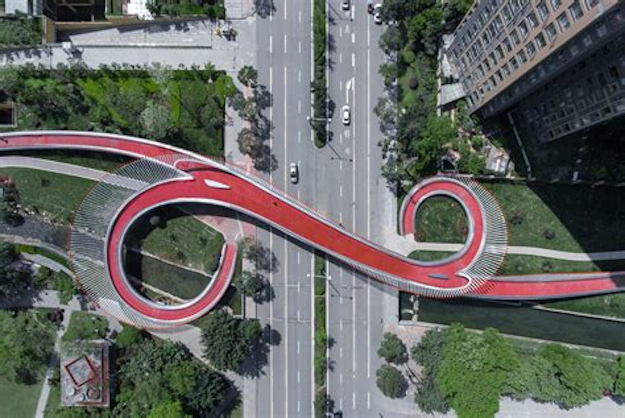Cargo bikes are a type of bicycles with special frame, larger than a normal bike, to carry persons, pets and objects. We see them more this year than the previous one. They are folk from year to year. What is its history?
They appeared before the actual bicycles in England back in 1877. It was when James Stanley conceived a tricycle with a platform in order to transport people and goods. The very one of the cargo bike was a machine less attractive with an iron frame, without gears and a small surface to carry loads. However, the improvement in wheels, the larger platform and improvement techniques and even technologies have made them to be more suitable to farmers, craftspeople, postpeople, and riders among others. Improvement continued and cargo bikes were looked from mundane machines to the present beautiful, good-looking ones.





